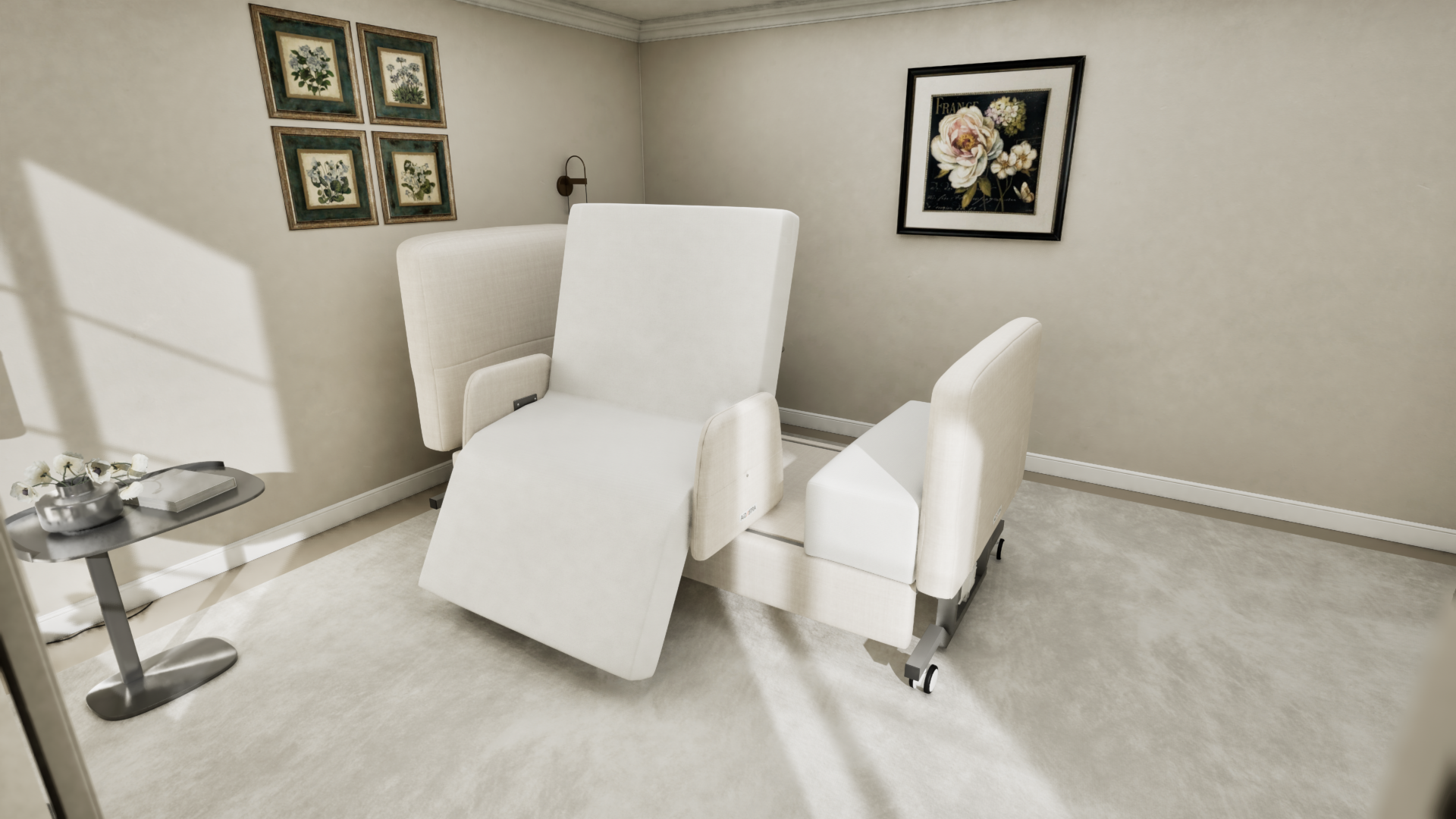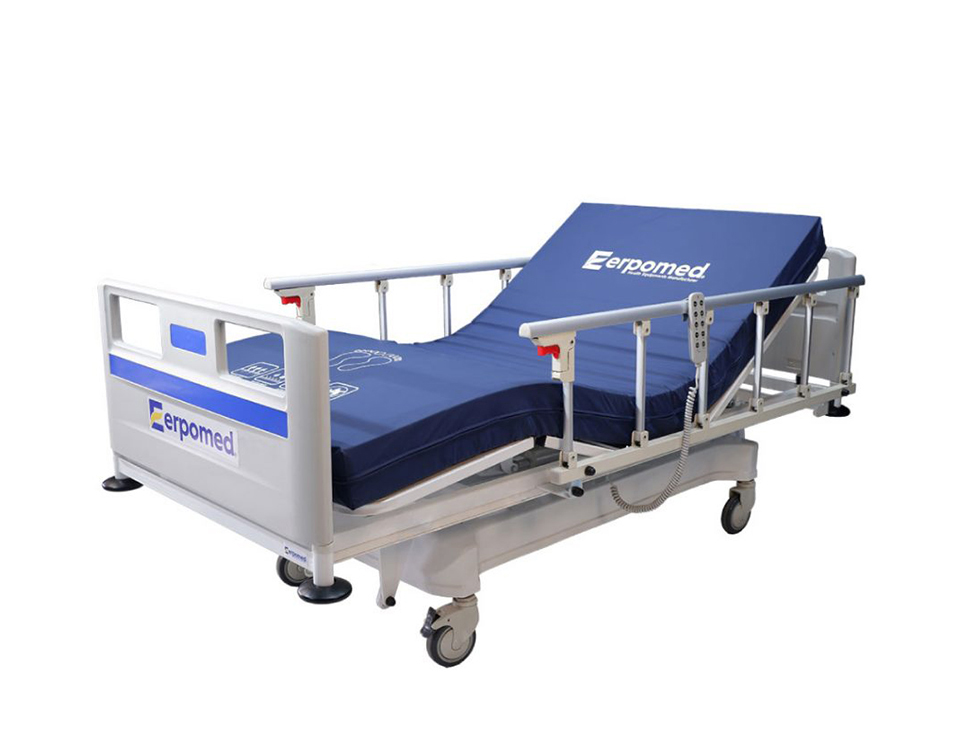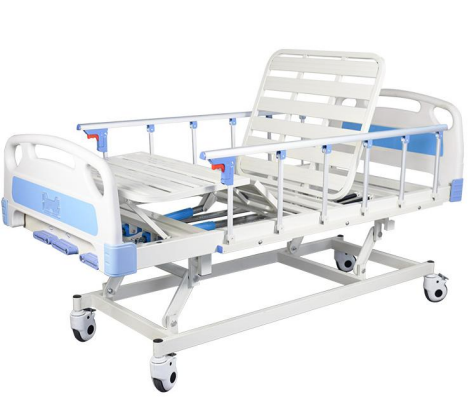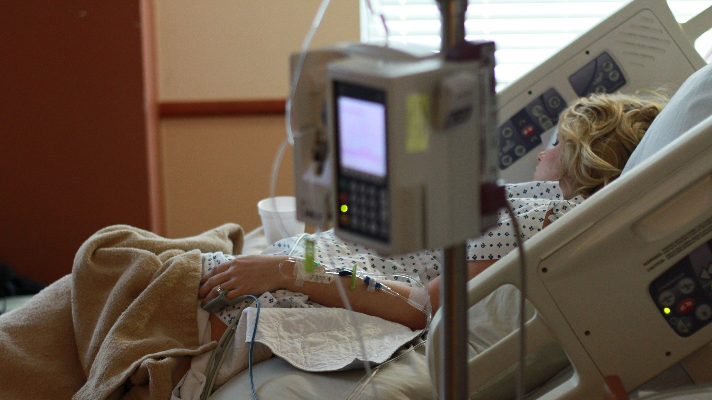6 Easy Facts About Hospital Beds For Home Use Explained
6 Easy Facts About Hospital Beds For Home Use Explained
Blog Article
The Ultimate Guide To Hospital Beds For Home Use
Table of ContentsTop Guidelines Of Hospital Beds For Home UseThe Basic Principles Of Hospital Beds For Home Use More About Hospital Beds For Home UseThe Definitive Guide to Hospital Beds For Home UseThe Buzz on Hospital Beds For Home UseThe smart Trick of Hospital Beds For Home Use That Nobody is Discussing7 Simple Techniques For Hospital Beds For Home Use
There are three primary kinds of hospital beds: manual, semi-electric, and fully-electric. These beds utilize hand cranks to change the bed's elevation and elevate and lower the head and the foot.
Semi-electric beds have an electric motor to elevate and decrease the head and foot parts of the bed (hospital beds for home use). Full-electric beds have an electrical motor that can increase the head and foot sections of the bed as well as the whole elevation and positioning of the bed.
3 Simple Techniques For Hospital Beds For Home Use
There are several types of health center beds, each developed to fulfill specific individual demands. Here are some typical kinds: This is the most common type of health center bed, designed for basic clinical usage.
Lower to the ground than a common bed. This kind of bed is made for bigger people, with a wider frame and higher weight capacity than a conventional bed.
This sort of bed is created for critically unwell individuals that need open surveillance and specialized clinical devices such as ventilators and mixture pumps. This kind of bed is created for use during labor and delivery, with flexible placements and attributes to sustain the mom and infant during the birth process.
The 8-Second Trick For Hospital Beds For Home Use
Multiple feature and the accessories carry out broadening traction to various parts of the vertebra and the extremities without relocating the body. These are just a few instances of the kinds of healthcare facility beds readily available. The certain kind of bed used will certainly depend upon the patient's problem, medical demands, and various other variables.
Below is the important things you require to understand. A one-function medical facility bed is a clinical bed that enables a client to relocate only the head or foot area up or down. A 2 function health center bed typically describes a sort of clinical bed that has two flexible functions to assist clients in hospitals or care centers.

The 8-Minute Rule for Hospital Beds For Home Use
A 7-function ICU bed is a sort of clinical bed that provides numerous flexible features to support critically sick individuals in an intensive care system (ICU) (hospital beds for home use). The seven functions normally consist of: Back-rest modification: The backrest can be adapted to numerous angles to aid the client stay up or rest easily
Elevation modification: The bed can be increased or reduced to make it simpler for clients to enter and out of bed, and for caregivers to provide treatment. Trendelenburg placement: The entire Get the facts bed can be slanted to advertise blood flow and circulation in the body. Reverse Trendelenburg placement: The bed can also be tilted in the contrary instructions to advertise blood circulation and flow in the top body.
1. What Dimension is a Hospital Bed? 2. Just how Much Does a Health Center Bed Price? 3. Why Do Hospital Beds Have Side Bed Rails? 4. What Are The Main Hospital Bed Parts?. While even more affordable than electric designs, these beds require exertion for adjustments. The main advantages of manual beds are their price and integrity, as they don't count on power. The demand for manual initiative can be a limitation in scenarios where quick modifications are necessary or where caretakers face physical difficulties.
Hospital Beds For Home Use Fundamentals Explained
They are fit for patients who need minimal repositioning for convenience or clinical needs. Semi-electric healthcare facility beds offer a balance of guidebook and electric controls. The head and foot sections are typically adjusted with electric controls, while the height is changed by hand. These beds give an ideal middle ground between guidebook and completely electrical alternatives, supplying simplicity of usage without the complete cost of electric designs.
Semi-electric beds are appropriate for patients who require modest modifications to the head click for info and foot sections but can handle without frequent elevation adjustments. This makes them a cost-efficient service for those seeking comfort and ease without the demand for continuous repositioning. Fully electrical health center beds include electrical controls for seamless modifications to the height, head, and foot areas.
Specialized medical facility beds, such as ICU beds, long-term treatment beds, and bariatric beds, are very carefully developed to address details medical needs. These beds supply tailored care for varied client teams, enhancing both outcomes and convenience. In the complying with sections, we will check out the major kinds of specialized hospital beds, detailing their particular benefits and applications.
With years of experience in manufacturing electric straight actuators - hospital beds for home use and close cooperation with the health care market, TiMOTION is well-positioned to give reliable healthcare remedies. Our up and down integrated company manages every step of the production process, from design to actuator setting up, guaranteeing we deliver outstanding value and personalized solutions customized to your specific needs
The Best Strategy To Use For Hospital Beds For Home Use

To read more about incorporating these technologies right into your products, call us today. Further reading:.
Information is sourced from the Medicare Price Report.

An Unbiased View of Hospital Beds For Home Use
A healthcare facility bed is a bed made particularly for clinical purposes. It is not just an area for individuals to rest, but also a system for clinical operations. Unlike common home beds, healthcare facility beds normally have adjustable features, which can facilitate clinical personnel to make various changes according to the demands of individuals, such as altering the height, disposition, and support angle of the back have a peek here and legs of the bed.
Report this page